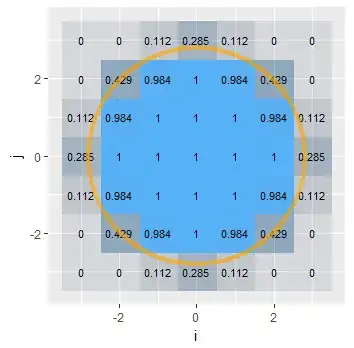A power curve is something in the example

Do score-tests, wald-test, LR test have power curves?
What do they look like?
A power curve is something in the example

Do score-tests, wald-test, LR test have power curves?
What do they look like?
The Wald, score, and likelihood-ratio (LR) tests are all based on the chi-square distribution. So the equivalent to the d value in your plot (presumably Cohen's d, the ratio of the difference in means to a standard deviation) is the non-centrality parameter (ncp) of the non-central chi-square distribution.
The UCLA IDRE website illustrates such calculations on this page. As that page says:
The trick to computing power for chi-square is to use the critical value from the central chi-square distribution along with a noncentrality parameter from a noncentral chi-square distribution to compute the probability of rejecting the null hypothesis when it is false.
The power curves for chi-square tests depend on the degrees of freedom. The plot below, copied from that web page, shows curves for 1 df at a range of critical values; the web page also shows plots for 6 and 10 df.
The differences between the Wald, score, and LR tests in terms of what is related to the non-centrality parameter are explained here as well as on the first web page linked above. The Wald test is based on the distance(s) of the maximum-likelihood coefficient estimate(s) from the null, the score test on the slope of the likelihood profile calculated at the null, and the LR test on the difference in log-likelihood between the maximum and the null. Translating those into practice is left as an exercise for the reader.
A hypothesis test will have a rejection rule.
Given you know when you'll reject (according to your rejection rule) if you have an explicit distribution at a specific alternative, you can compute (at least by simulation) the probability of rejection at that alternative, and hence power. Across a range of alternatives, you can obtain a power curve.
This doesn't require relying on any asymptotic approximations to obtain rejection rates (and so doesn't require you to make all the assumptions the test relies on when computing power -- you can evaluate test performance under other conditions).